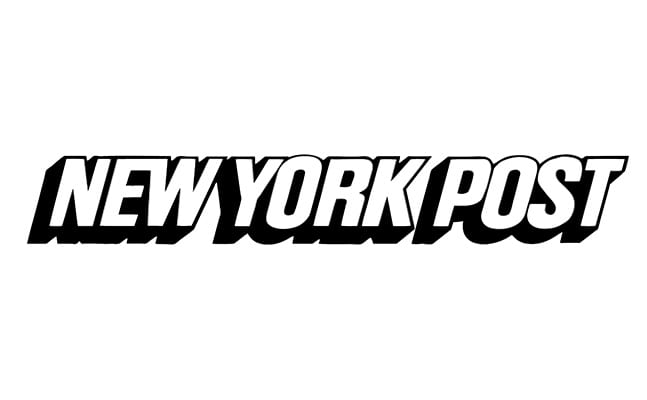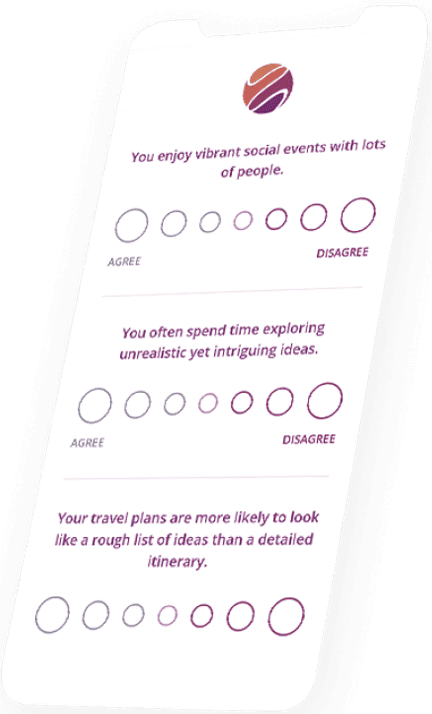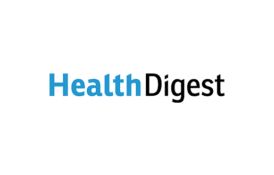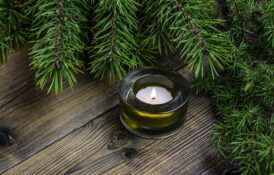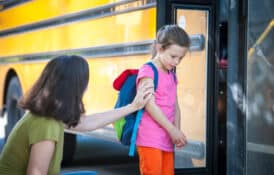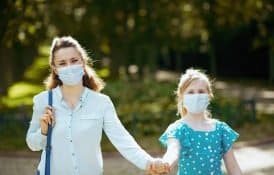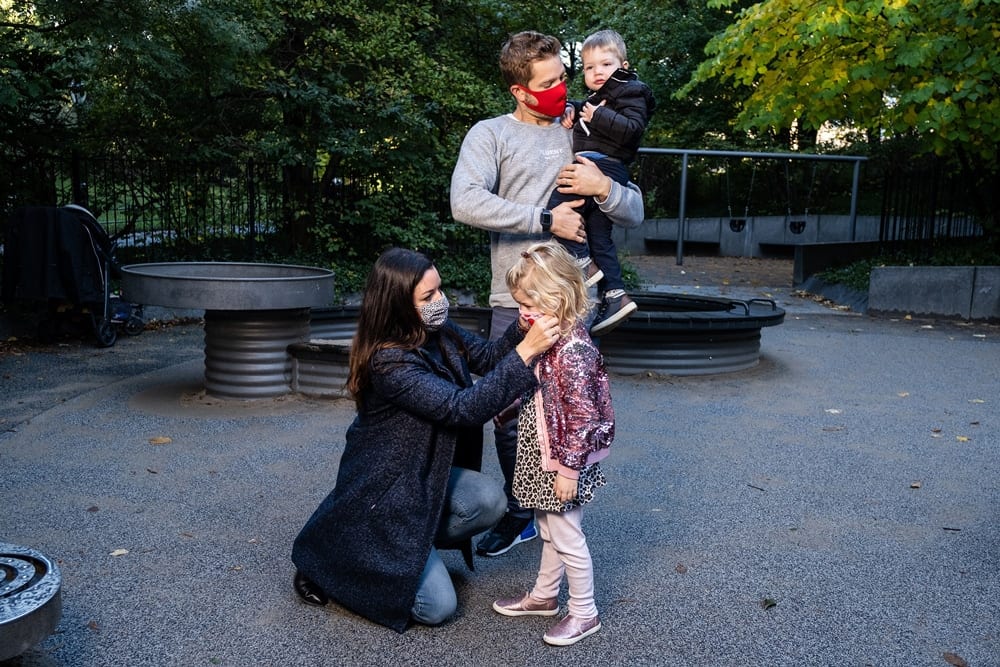
Lauren Conlin has seen her share of pandemic playground drama. Once, another mom yelled at her for briefly pulling her mask down so she could sip her iced coffee. “I was about 8 feet away and she said, ‘Ma’am, can you pull your mask up? Like, there’s a reason we wear these,’ ” Conlin, a celebrity correspondent and host of the “Red Carpet Rendezvous” podcast, told The Post. “I didn’t say anything back, but [internally] I was like, ‘Chill, Karen, I’m nowhere near you!’ ”
Another time, a 7-year-old gave Conlin’s 2-year-old son, MJ, a dirty look when the toddler sneezed near her.
“He was probably 6 feet from her, but her face — she was so scared and so disturbed,” Conlin said. “I was like, ‘I’m so sorry! He’s not sick! He just sneezed! He’s not wearing a mask because he’s not even 2!’ I felt the need to explain myself to her.”
Yet nothing matched the pandemonium of a recent Saturday at Central Park’s Billy Johnson Playground — the one with the famed 45-foot granite slide.
“It was hectic: The kids were crawling all over each other to get up to the slide with their pieces of cardboard,” said Conlin, 35, who lives on the Upper East Side, referring to the squares regulars sit on for added speed. “Then one little girl started taking her cardboard and hitting another girl with it pretty hard.” Everyone was wearing masks, but hardly distancing. “There was a huge screaming match [between the parents] . . . We were all in shock.”
The state closed public playgrounds on April 1, when New York was deep in the throes of the coronavirus. So when they reopened in June, many parents — after spending months cooped up in apartments with their little ones — rejoiced. But now, as people who had fled the city during the darker days of the pandemic return, playgrounds have gotten increasingly crowded. Kids who used to play well with others seem to have forgotten how. Add to that parents’ continued anxiety about virus exposure, and it’s a perfect storm for drama.
“The playgrounds are definitely more tense now,” Conlin said. Antonio D’Souza, who lives on the Upper West Side and has a 5-year-old and a 3-year-old, said he has noticed that children with overly concerned parents seem to have a harder time adjusting to pandemic playground life.
“I saw a dad following his daughter around the jungle gym, saying, ‘Don’t touch this; don’t touch that,’ ” the 40-year-old engineer recalled. “It just made her really nervous.”
He also notes that some children who were either away all summer in houses with yards or who were isolated from other kids seem to have lost their socialization skills.
“We have friends who only brought their 3-year-old son to the playground for the first time [since March] like, two or three weeks ago,” D’Souza said. “He had not seen any other kids in six months and he didn’t even know what to do.” D’Souza said that sometimes a parent would bring a clinging kid and set them next to another kid, only for the child to run back to the parent and stay clinging to their legs.
“What the child needs most right now is for parents to be calm . . . because going to the park will not be a good experience if they feel their parents’ anxiety or tension,” clinical psychologist Judith Zackson told The Post. “The child needs to understand that the park is still a fun place and it can still be a safe place, but there are just different rules.”
Zackson added that if the situation feels too emotionally charged, sometimes it’s best to leave.
That’s why Steph McCrory has decided to avoid the park entirely. Her 3-year-old son, Finn, has an autoimmune condition called Mastocytosis that causes lesions on his skin.
“Even before the pandemic, we would get the odd little glance, or a mother subtly pulling the child away when [Finn] gets too close,” said the 31-year-old Astoria resident. “But people are hypersensitive right now . . . I see posts all the time on my mommy Facebook groups saying, ‘I’ve seen this person at the playground without a mask,’ or ‘This kid pulled their mask down,’ and I knew that tension plus the concern about Finn’s spots was just something I didn’t want to deal with.”
Even though Finn was initially disappointed, McCrory has decided to skip the potential stares and hurtful responses from strangers at the playground for scootering around their neighborhood.
Indeed, stares are the communication currency now that the majority are wearing masks.
“It’s hard to talk to a stranger in the park when you’re wearing a mask. Some people say the masks are taking away our freedom and taking away our ability to live and communicate. But [the mask] gives us a chance to pay attention to nonverbal cues — to tone, to the eyes,” Zackson said. “You can tell a lot when looking at a person’s eyes — if they’re smiling, if they’re upset. And also to the way that their body behaves — if they’re moving away from you, if they’re leaning in towards you.”
Dad Heath Fradkoff, for one, says there can be power in a pointed glance: “For the most part, everyone’s been doing a good job at distancing and keeping safe,” said the 42-year-old, who lives in Red Hook with his wife, 3-year-old son and 18-month-old daughter. “The outliers get a little of the side eye and they get in line, too.”
But Fradkoff said a little discomfort is worth the joy of letting his kids let loose and feeling a part of a community once again.
“As a city, New York’s superpower is its ability to come together in a crisis, and it was this superpower that the pandemic took away from us,” he said. “Getting back to the playgrounds feels like a small triumph in light of all that. Watching our kids just be kids for a while — even if it looks a little different than before, with masks and hand sanitizer at-the-ready — feels important.”


